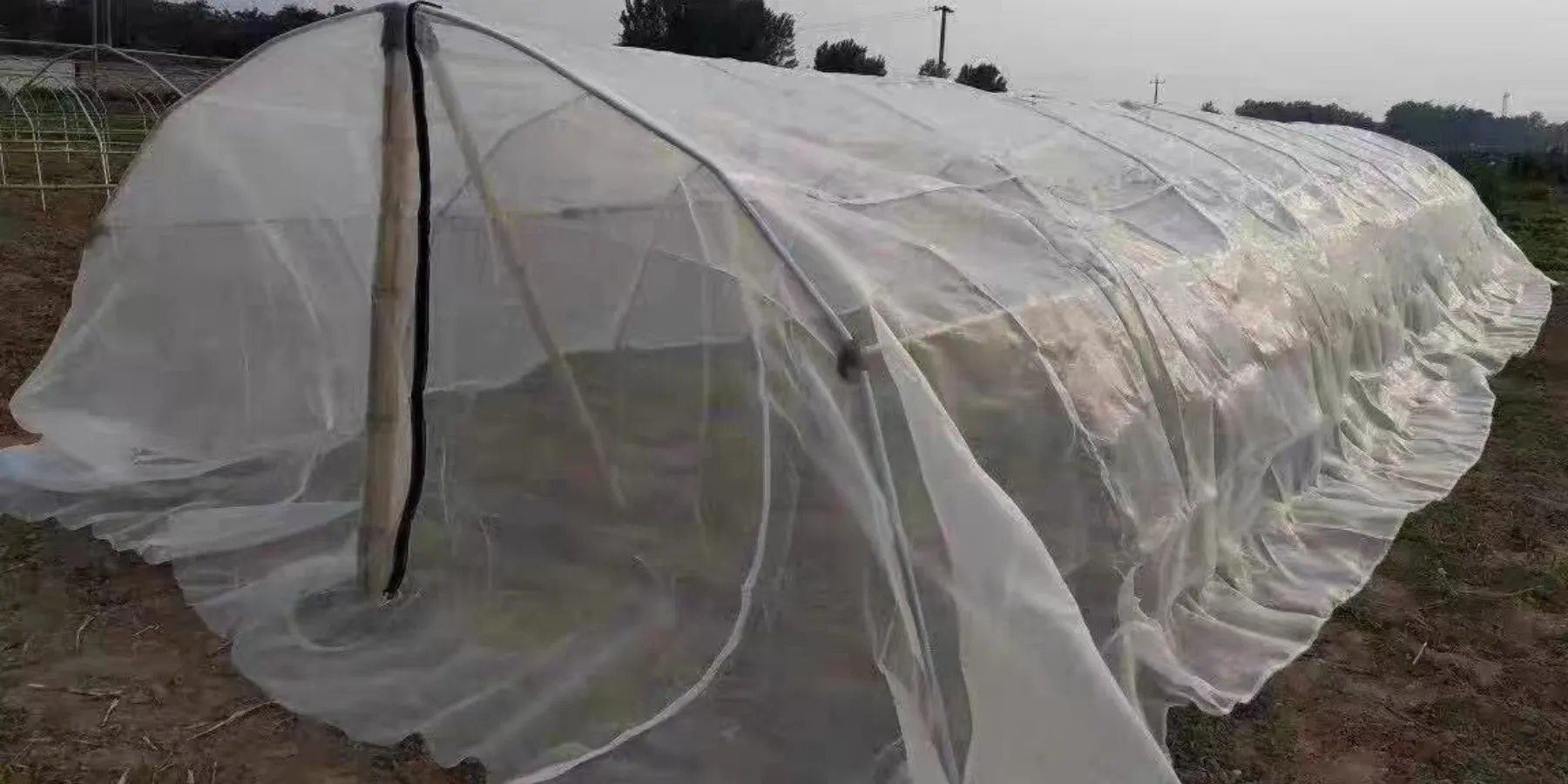-
 Afrikaans
Afrikaans -
 Albanian
Albanian -
 Amharic
Amharic -
 Arabic
Arabic -
 Armenian
Armenian -
 Azerbaijani
Azerbaijani -
 Basque
Basque -
 Belarusian
Belarusian -
 Bengali
Bengali -
 Bosnian
Bosnian -
 Bulgarian
Bulgarian -
 Catalan
Catalan -
 Cebuano
Cebuano -
 China
China -
 Corsican
Corsican -
 Croatian
Croatian -
 Czech
Czech -
 Danish
Danish -
 Dutch
Dutch -
 English
English -
 Esperanto
Esperanto -
 Estonian
Estonian -
 Finnish
Finnish -
 French
French -
 Frisian
Frisian -
 Galician
Galician -
 Georgian
Georgian -
 German
German -
 Greek
Greek -
 Gujarati
Gujarati -
 Haitian Creole
Haitian Creole -
 hausa
hausa -
 hawaiian
hawaiian -
 Hebrew
Hebrew -
 Hindi
Hindi -
 Miao
Miao -
 Hungarian
Hungarian -
 Icelandic
Icelandic -
 igbo
igbo -
 Indonesian
Indonesian -
 irish
irish -
 Italian
Italian -
 Japanese
Japanese -
 Javanese
Javanese -
 Kannada
Kannada -
 kazakh
kazakh -
 Khmer
Khmer -
 Rwandese
Rwandese -
 Korean
Korean -
 Kurdish
Kurdish -
 Kyrgyz
Kyrgyz -
 Lao
Lao -
 Latin
Latin -
 Latvian
Latvian -
 Lithuanian
Lithuanian -
 Luxembourgish
Luxembourgish -
 Macedonian
Macedonian -
 Malgashi
Malgashi -
 Malay
Malay -
 Malayalam
Malayalam -
 Maltese
Maltese -
 Maori
Maori -
 Marathi
Marathi -
 Mongolian
Mongolian -
 Myanmar
Myanmar -
 Nepali
Nepali -
 Norwegian
Norwegian -
 Norwegian
Norwegian -
 Occitan
Occitan -
 Pashto
Pashto -
 Persian
Persian -
 Polish
Polish -
 Portuguese
Portuguese -
 Punjabi
Punjabi -
 Romanian
Romanian -
 Russian
Russian -
 Samoan
Samoan -
 Scottish Gaelic
Scottish Gaelic -
 Serbian
Serbian -
 Sesotho
Sesotho -
 Shona
Shona -
 Sindhi
Sindhi -
 Sinhala
Sinhala -
 Slovak
Slovak -
 Slovenian
Slovenian -
 Somali
Somali -
 Spanish
Spanish -
 Sundanese
Sundanese -
 Swahili
Swahili -
 Swedish
Swedish -
 Tagalog
Tagalog -
 Tajik
Tajik -
 Tamil
Tamil -
 Tatar
Tatar -
 Telugu
Telugu -
 Thai
Thai -
 Turkish
Turkish -
 Turkmen
Turkmen -
 Ukrainian
Ukrainian -
 Urdu
Urdu -
 Uighur
Uighur -
 Uzbek
Uzbek -
 Vietnamese
Vietnamese -
 Welsh
Welsh -
 Bantu
Bantu -
 Yiddish
Yiddish -
 Yoruba
Yoruba -
 Zulu
Zulu
High-Quality Stainless Steel Netting Mesh - Durable & Versatile Solutions
The Versatility and Benefits of Stainless Steel Netting Mesh
Stainless steel netting mesh has gained significant recognition across various industries due to its durability, corrosion resistance, and aesthetic appeal. This versatile material serves numerous applications, ranging from architectural designs to industrial uses, making it an essential component in modern construction and manufacturing.
One of the most compelling attributes of stainless steel netting mesh is its robust resistance to corrosion. Unlike traditional wire mesh made from carbon steel, stainless steel mesh retains its integrity even in harsh environments, such as those exposed to moisture, chemicals, and salt. This is primarily due to the presence of chromium, which forms a protective oxide layer on the surface of the steel. As a result, stainless steel netting requires minimal maintenance and has a long service life, making it a cost-effective choice in the long term.
In architectural applications, stainless steel netting mesh is often used to enhance the aesthetic appeal of buildings. Its sleek appearance can elevate the visual design of structures, adding a contemporary touch. Architects and designers frequently incorporate this material into facades, balustrades, and decorative screens. The open structure of the mesh allows for light and air to pass through, contributing to an energy-efficient design while providing privacy or safety. Furthermore, stainless steel mesh can be combined with various lighting elements for striking visual effects during nighttime, transforming the ambiance of public spaces and residential areas.
stainless steel netting mesh

When it comes to industrial applications, the strength and versatility of stainless steel netting make it an ideal choice for various processes. It is commonly utilized in filtration systems, HVAC installations, and as protective barriers. The fine mesh is particularly effective for controlling particles and debris in environments such as food processing, pharmaceuticals, and water treatment facilities, where hygiene and safety are paramount. The ability of stainless steel mesh to maintain its structural integrity under high pressure and temperature adds to its appeal in these settings.
In agriculture, stainless steel netting plays a crucial role in enhancing crop growth and protecting plants. Gardeners and farmers use it to create supportive structures for climbing plants, ensuring that vegetation receives adequate sunlight and air circulation. Additionally, stainless steel netting is utilized in animal enclosures, preventing pests from harming crops while providing a secure habitat for livestock. This multi-functionality makes it an invaluable asset in the agricultural sector.
Environmental sustainability is another compelling reason for the increasing utilization of stainless steel netting mesh. Unlike plastic alternatives, stainless steel is fully recyclable, aligning with sustainable practices and reducing environmental impact. The long lifespan of stainless steel mesh also means that less material is consumed over time, which contributes to a smaller carbon footprint.
In summary, stainless steel netting mesh stands out as a remarkably durable, versatile, and aesthetically pleasing material well-suited for a myriad of applications. Its resistance to corrosion and strength makes it a preferred choice across industries including architecture, manufacturing, agriculture, and beyond. As industries continue pursuing sustainable and efficient solutions, the role of stainless steel netting mesh is likely to expand, making it an integral part of modern development and design. Whether used for functional or decorative purposes, the advantages it offers are undeniably significant, heralding a future where innovation and sustainability go hand in hand.
-
Shipping Plastic Bags for Every NeedNewsJul.24,2025
-
Safety Netting: Your Shield in ConstructionNewsJul.24,2025
-
Plastic Mesh Netting for Everyday UseNewsJul.24,2025
-
Nylon Netting for Every UseNewsJul.24,2025
-
Mesh Breeder Box for Fish TanksNewsJul.24,2025
-
Expanded Steel Mesh Offers Durable VersatilityNewsJul.24,2025











